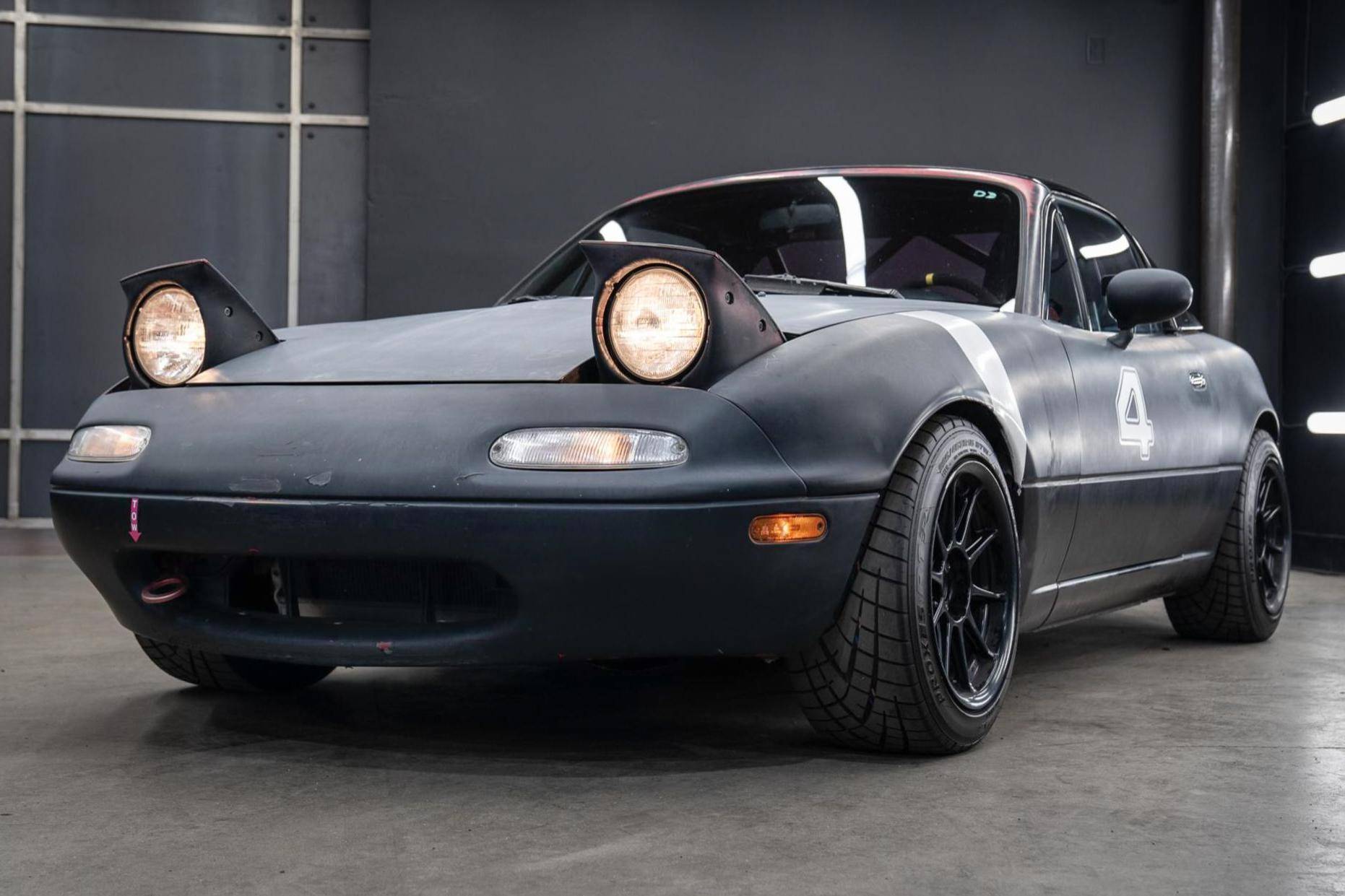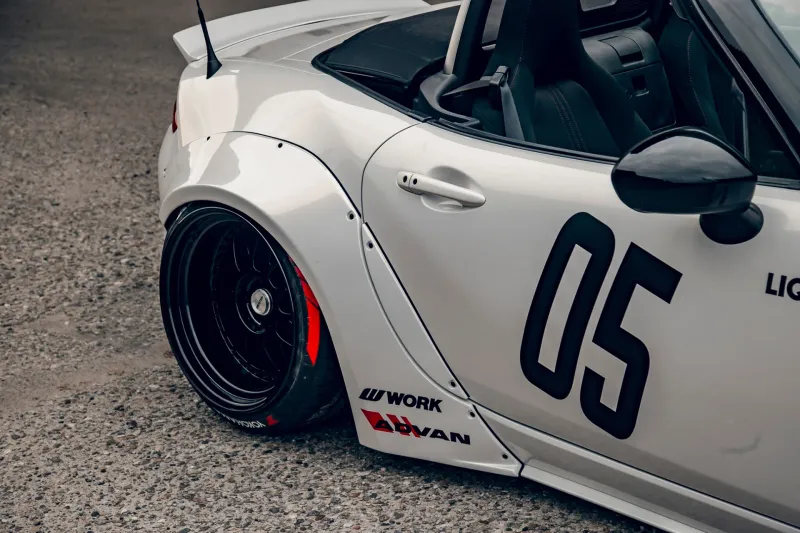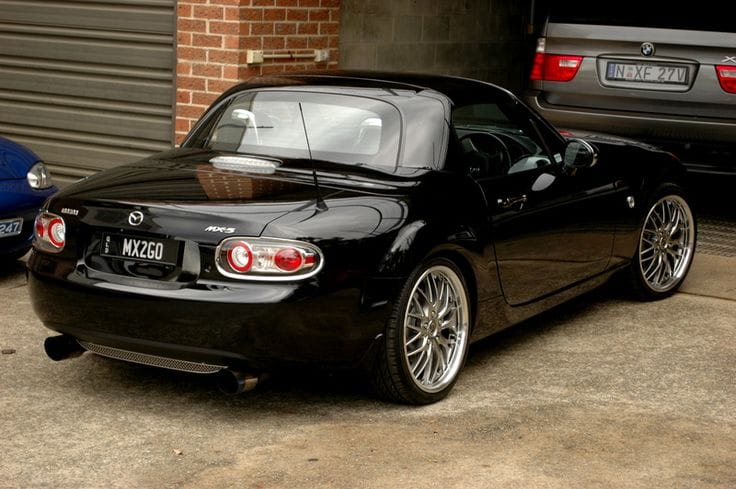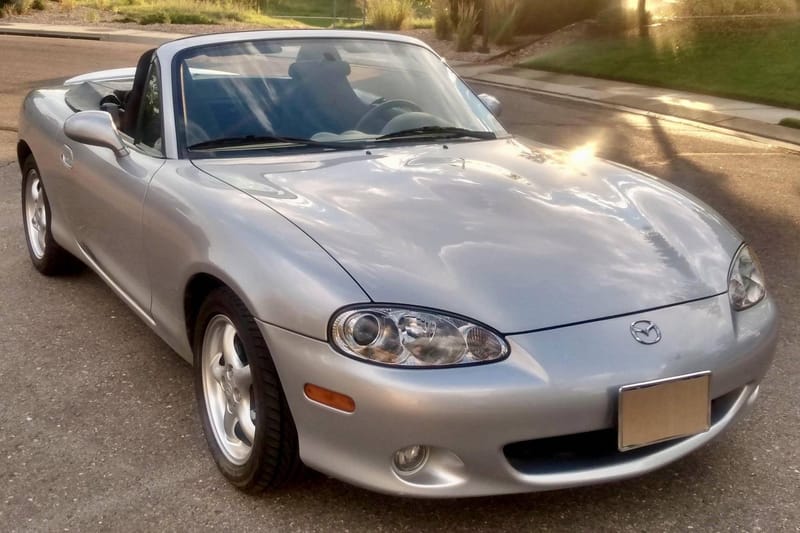Why the NA Miata is the Best for Modding
Easy to maintain and full of character, it invites both newcomers and pros to personalize it. From its humble history to its legendary modding potential, this roadster proves that pure driving joy doesn’t need a big budget.

If you’re a car enthusiast, or just someone who loves a good old-fashioned top-down cruise, the first-generation Mazda Miata (the NA, built from 1989 to 1997) deserves your attention. It’s light, nimble, inexpensive to maintain, and practically begs to be modified. Whether you’re a newbie mechanic or a seasoned pro, the NA Miata’s personality screams “let’s make this our own and go have a blast.” But what makes it so special? In short, it’s the perfect combination of affordability, simplicity, and pure driving fun. We’ll touch on its history, why it’s such a beloved modding platform, whether it’s taboo to alter a classic, and some friendly tips to help you on your Miata journey.
Brief History & Legacy
The NA Miata was born out of Mazda’s desire to bring the classic British roadster experience, lightweight, rear-wheel-drive convertibles, into the modern era, but with the added bonus of Japanese reliability. They unveiled it at the 1989 Chicago Auto Show, priced around $14,000, which was a steal for a sporty convertible back then. Enthusiasts and celebrities alike quickly fell in love, leading to over 400,000 NA models sold worldwide by 1997. This little Mazda ended up breaking sales records and earning a Guinness World Record for best-selling two-seater sports car. Later generations (NB, NC, ND) kept pushing the design forward, but the NA remains iconic for its pop-up headlights and that joyous, “pure” driving feel that everyone keeps raving about.
Why the NA Miata Is Perfect for Modding
One big reason is its basic chassis design. It’s a relatively simple car with minimal electronics and engine management systems, so you can actually get your hands dirty without needing specialized software or tools. Tasks like suspension swaps, brake upgrades, and engine mods are pretty straightforward, and since the Miata weighs in around 2,100–2,300 lbs, even a modest bump in horsepower or handling improvements feels like a game-changer on the road or track.

Another major draw is the colossal aftermarket support. Enthusiasts have been tinkering with the NA Miata for decades, and there’s a mind-boggling array of parts and kits available. You can easily find turbochargers, superchargers, body kits, interior upgrades, you name it. Whether your dream build is a canyon-carving sleeper, a drift monster, or a stanced showpiece, there’s a straightforward path to get there. Best of all, the prices for Miata parts usually come in lower than those for comparable platforms, so you can build something awesome without emptying your wallet.
Drivetrain Versatility
When it comes to engines, NA Miatas were offered with either a 1.6-liter or a 1.8-liter inline-four. The early 1.6L (1990–1993) is smaller and offers a little less torque, but it’s known for its rev-happy nature. The 1.8L (1994–1997) comes with sturdier internals, piston oil squirters, and often a beefier differential, making it a better starting point if you’re planning forced induction. Many NA owners bolt on a turbo or supercharger, aiming for a balanced 180–220 horsepower, enough to transform the car’s character without overpowering the chassis. The stock five-speed transmission can take a fair bit of abuse, and the tougher diff in the 1.8L can handle most mild-to-moderate power upgrades with ease.
Balanced Handling & Community Support
The NA Miata was practically the poster child for 50/50 weight distribution, and that translates into remarkable handling. The modest horsepower figure also encourages you to learn proper car-control techniques without being overwhelmed by crazy power outputs. On top of that, the cost of things like tires, brake pads, and fluids is relatively low, so you won’t go broke every time you decide to attend a track day or autocross event. Add in the enthusiastic Miata community, teeming with forums, clubs, spec racing series, and support networks, and you’ve got a formula that’s tough to beat.
Smart First Modifications
For those itching to dive in, it’s often best to start with suspension, wheels, and tires. Quality coilovers or shock-and-spring setups from brands like BC Racing, Tein, Fortune Auto, or Flying Miata can transform your cornering ability and ride quality. Throw in upgraded sway bars, fresh bushings, and a decent set of lightweight 15-inch wheels paired with sticky performance tires, and your Miata will start handling like it’s on rails. If you’re eyeing power upgrades, make sure to address the brakes first, possibly with better pads, stainless steel lines, and higher-temp brake fluid, or even a big brake kit if you’re planning some serious track action. Basic intake and exhaust upgrades can also unlock a little more horsepower and give your Miata a more captivating engine note.

Is Modding NA Miatas Frowned Upon?
There’s a small group of purists who want to keep NA Miatas completely stock, partly because pristine examples are getting harder to find, and partly because they value the car’s original design. Then there are those who worry about “cheap mods” (like cut springs or poorly installed eBay turbo kits) leading to janky, unsafe projects. But the general mood in the Miata world is welcoming, provided you’re doing things tastefully and safely. Most people love seeing thoughtful, well-executed mods, especially those that enhance the car’s driving experience. If someone criticizes you, remember that it’s your car and your project. Still, it never hurts to keep your old parts in case you want to revert to stock one day.
Tips for a Successful Build
A good starting point is to find a clean example if you can, major rust or severe mechanical neglect can swallow your budget faster than any mod list. Take care of general maintenance first, like fluids, belts, hoses, and bushings. A solid, reliable foundation means your performance upgrades will work properly, and you won’t be chasing random breakdowns. Figure out your end goal early. Is this a daily driver, a weekend track toy, or a full-on show car? Defining your purpose helps you avoid buying parts you don’t need. And while it’s tempting to save a few bucks here and there, investing in reputable brands pays off in reliability and resale value. Finally, embrace the learning process. One of the joys of owning an NA Miata is how much it can teach you about cars, driving, and wrenching. There’s no shame in asking questions or poking around forums for tips.
The NA Miata is legendary for a reason. It’s fun, it’s forgiving, and there’s a massive global community ready to help you make it your perfect little sports car. You won’t drain your bank account on parts, and every upgrade you do, from suspension tweaks to forced induction, feels like an event when you get behind the wheel. Sure, some purists may roll their eyes at a radical body kit or stance build, but most Miata fans will cheer on any well-considered approach that’s carried out with care.
Whether you stick to mild bolt-ons or go all-in with a turbo track setup, the NA Miata is ready to teach you about engineering, driving finesse, and the sheer joy of personalization. Keep an eye on the community resources out there, forums, blogs, clubs, and build threads that show you what’s possible. Most importantly, enjoy every step of the process. The NA Miata’s charm lies in how approachable and rewarding it is to modify, making it the perfect canvas for anyone wanting to learn, create, and have a blast on four wheels.




